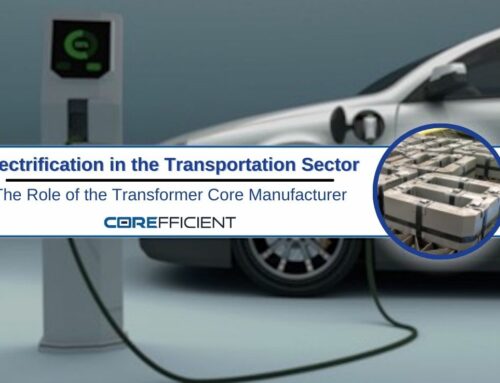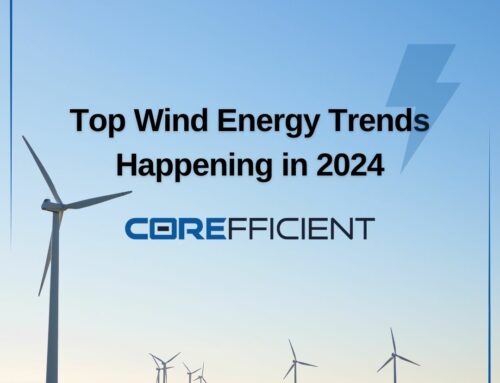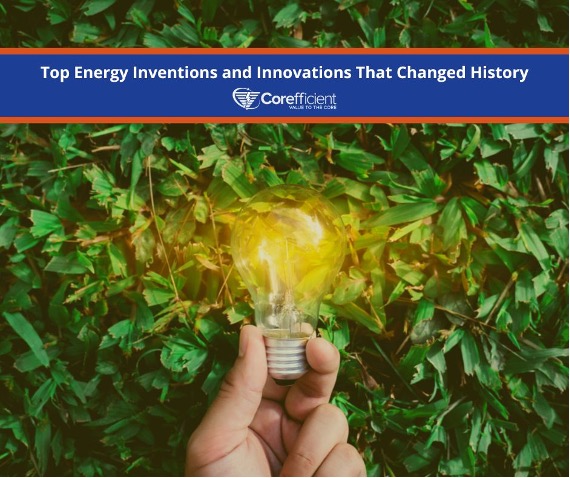
As the world has increasingly become more technologically advanced, people have become more dependent on energy to sustain their everyday lives. The market, however, is evolving quickly to keep up by bringing new energy-saving and energy-efficient technologies to consumers. Here are the most significant energy inventions and innovations that are changing our lives.
Smart Home Technology
Mother Theresa once said, “Change begins at home,” and even though Mother Theresa may not have been thinking about energy efficiency, it certainly applies. There are many benefits to utilizing energy efficiency at home, including reducing bills and reducing carbon emissions. And thankfully, it is becoming more convenient.
Smart Home technology refers to any device, appliance, or system that is remotely controlled from a common network or a device. Using it, we can access a world of luxury and functionality that simplifies our lives.
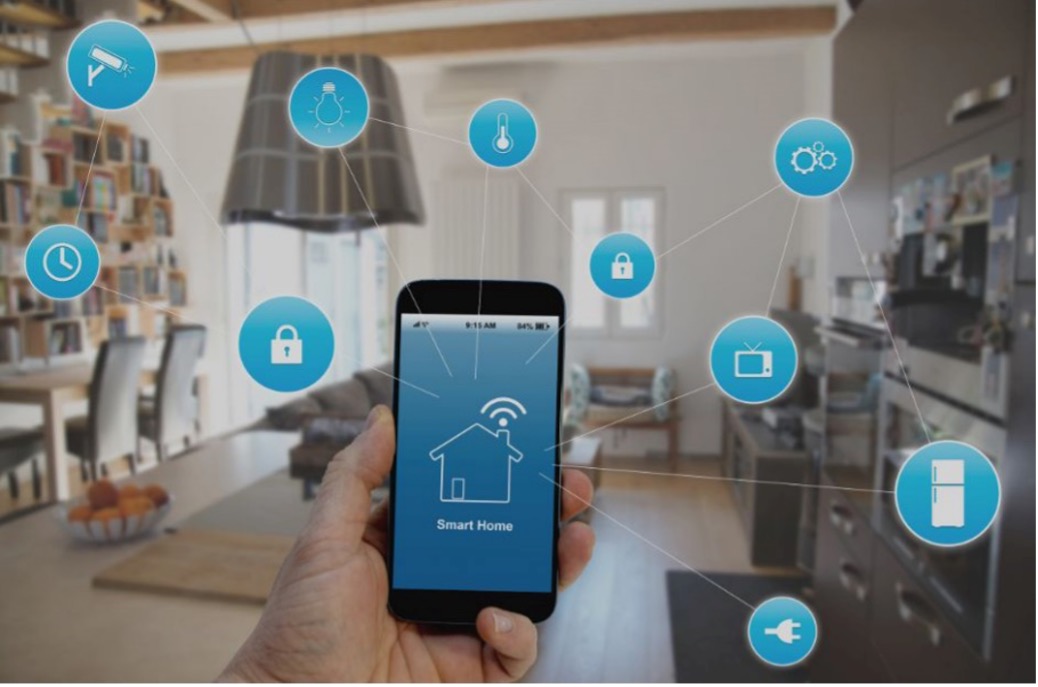
Smart Home Hubs
We can incorporate different kinds of Smart Home technology into our own homes. This includes Smart Home hubs, which are ideal for tracking and controlling our energy usage, efficiency, and convenience all packed into one device. It can control everything, including setting a schedule for your dishwasher, starting your dryer, or turning off your television when it has been idle for a long time.
Smart Thermostats
Smart Thermostats connect to your Smart Home hub or phone, so you can remotely control it according to your preferences. Some Smart Thermostats use machine-learning to detect patterns in your home and optimize how your furnace and air conditioner operate — truly fine-tuning your climate control system to be more energy efficient.
Electric Vehicles
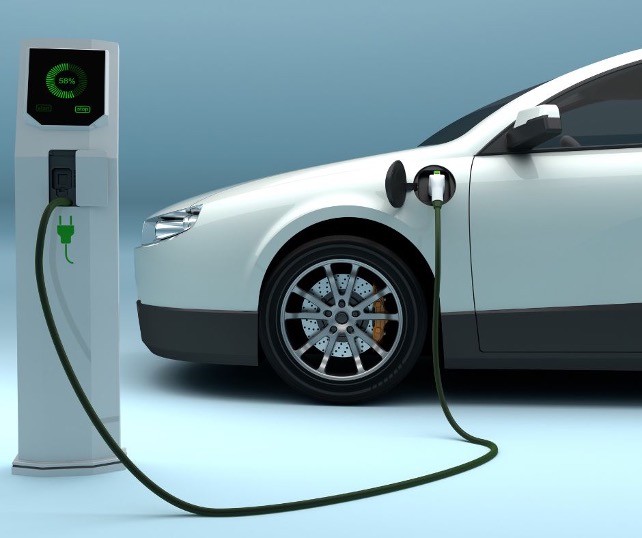
Electric vehicles made their very first appearance in 1832 by Robert Anderson. Now, there are over 2.32 million electric cars and 5.4 million hybrid electric cars on U.S. roads alone. By switching from a gas-powered vehicle to an EV, you can eliminate nearly 4.6 metric tons of air pollution — that is the equivalent of growing about 5.5 acres of trees to remove that much carbon in a year. Good performance, low running costs, and a dramatic reduction in emissions are all the promises of an electric car, and they definitely deliver.
An electric car’s motor is very efficient since it directly converts electricity into movement, which is far more efficient than a conventional car. It also reuses brake energy — when an EV brakes, much of its energy is recovered and put back into the battery, so it is available to help it accelerate again.
Solid-State Batteries
The only downside of electric vehicles is their battery’s inefficiency. Solid-state batteries could improve their range, attracting more buyers. These batteries offer a couple of improvements — they can go longer between charges and charge faster after they run out of juice. The cost of these batteries has been decreasing, so the next few years may be the time when they enter the EV market. Manufacturers have been developing hybrid batteries that provide many of the same benefits but are more affordable.
LED Light Bulb

LED light bulbs were first introduced in 1961 by Robert Biard and Gary Pittman and were soon made available for everyday use in 1972. Since then, LED technology has revolutionized light bulbs by introducing a much more energy-efficient and longer-lasting bulb than incandescent or fluorescent bulbs. In today’s world, LED bulbs help us save up to 75% more energy per bulb and could save the average American household up to $600 annually!
Modern Wind Turbines
A wind turbine is an instrument that transforms wind’s kinetic energy into electrical energy. Since its inception in 1888, wind power has played a significant role in energy production. Thanks to many technological advancements that made wind power twice as big and efficient, it is now a widespread power source — making up over 30% of the U.S.’s new electricity generating capacity.
Kite Power Systems

Inspiration from wind turbines and childlike imagination led to the invention of kite power systems that can potentially harness the untapped winds above the earth.
In 2016, Kite Power Systems (KPS), a British start-up, received a $5 million investment from three energy firms, including Shell, bringing the technology closer to commercialization. It believes that by 2030, the world’s first kite power stations can generate hundreds of megawatts of power.
Solar Panels
In the same way that the wind will always blow, the sun always shines. As a result of Alexandre Edmond Becquerel‘s discovery of the photovoltaic effect in 1839, generating electricity from the sun became possible. This discovery paved the way for the invention of solar panels.
Solar panels convert sunlight into energy and supply power to the grid by using solar cells. Solar farms and solar power plants are becoming more and more common. So common that whole countries now have targets to become solar energy reliant.
These energy inventions and innovations are just a snapshot of what is to come in terms of energy-efficient technology in the future. Technology like this is becoming more affordable, more efficient, and more reliable, helping the world to overcome its energy problems.
Companies like Corefficient are now at the forefront of shaping sustainable energy landscapes. As a leader in the energy-efficient transformer core industry, Corefficient is committed to conserving energy and protecting our future from environmental degradation.
Our transformer core designs are created to save energy and offer the highest quality to those within the green energy market. We are proud to meet growing energy standards across North America and encourage sustainability practices within the industry.
About Corefficient
Based out of Monterrey, Mexico, Corefficient is an eco-friendly transformer core company committed to adding value to its transformer core products. Their experience and success in transformer core engineering, transformer core design, magnetic core expertise, hot and cold rolled steel, grain-oriented steel, electrical steel, and – most importantly – customer service – have made Corefficient a valued leader in energy efficient transformer core manufacturing.
Visit Corefficient online at @corefficientsrl.com, contact our North American sales engineer at 1 (704) 236-2510 or call us directly in Monterrey, Mexico at (81) 2088-4000.

